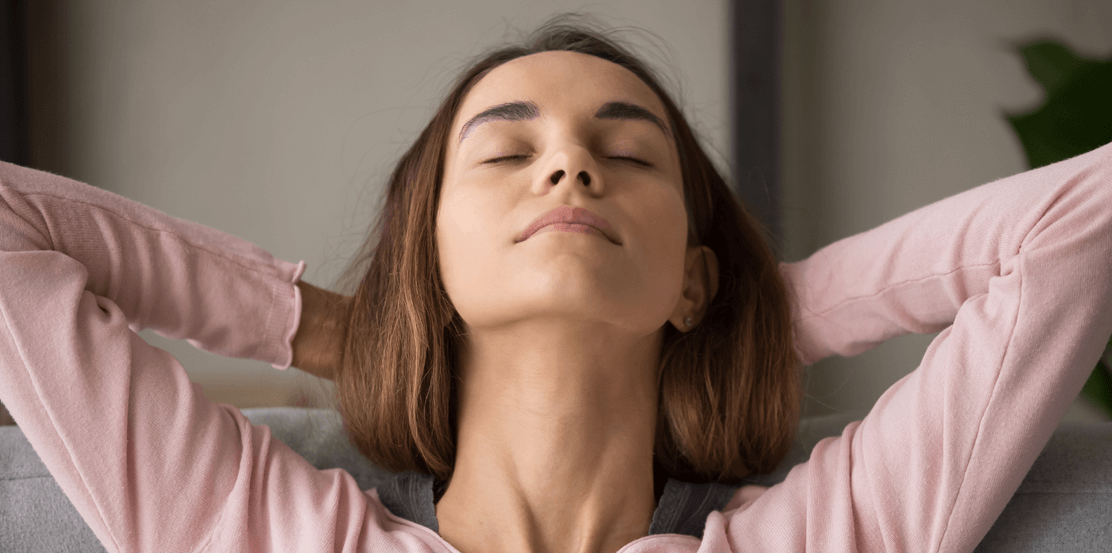
It is April 2020 and, like in a Sci-fi film, we have all found ourselves unable to escape the new, unfamiliar, destabilising reality created by the Covid-19 outbreak. I have no doubt you are inundated by endless information about the current situation, and so I was pondering over what to write for this blog that would be helpful. Fortunately, I have been recently made aware of a fascinating book - The Healing Power of the Vagus Nerve by Stanley Rosenberg - that was written in order to help people rebalance their nervous system to bring back a state of calm and optimal social functioning. I found it really helpful and I hope you will too!
The Science behind the book:
In order to maintain homeostasis - a state of equilibrium and the condition of optimal functioning for the body as a living organism, the central nervous system responds constantly to our ever changing environment. Most people are familiar with the “fight-or-flight” response and also the “rest and digest” system. But most of us are not familiar with more recent findings that brought about The Polyvagal Theory. This theory provided us with a more sophisticated understanding of the subtle interplay between the visceral experiences of our own bodies and the voices and faces of the people around us. It explains why a kind face or a soothing tone of voice can dramatically alter the way we feel. It clarifies why knowing that we are seen and heard by the important people in our lives can make us feel calm and safe, and why being ignored or dismissed can precipitate rage reactions or mental collapse. It helps us understand why attuning with another person can shift us out of disorganised and fearful states.
The book:
The Healing Power of the Vagus Nerve by Stanley Rosenberg, explains the Polyvagal Theory and its implications to our daily lives. It is a practical guide to understanding the cranial nerves as the key to our psychological and physical well-being, from anxiety and depression to migraines and back pain. Through a series of easy self-help exercises, the book illustrates the simple ways we can regulate the vagus nerve in order to initiate deep relaxation, improve sleep, and recover from injury and trauma. It shows us how we can optimise autonomic functioning in ourselves and others and bring the body into the state of safety that activates its innate capacity to heal. The book is written for both therapists and laymen alike and if you have interest in the subject you will be able to follow it easily. Below is an example of the sort of exercises you can find in the book. This one is what Stanley Rosenberg calls The Basic Exercise
The Basic Exercise:
Optimal health is only possible when we have a well functioning Vagus Nerve. The exercise described below (when performed regularly) would help most people move from a state of stress or shut down to a more healthy, functional state of the nervous system. This simple exercise repositions the 1st and 2nd cervical (neck) vertebrae, increases mobility in the neck and the entire spine and thus increases blood flow to the brain stem where the cranial nervous necessary for optimal function originate. It is effective, easy to learn and easy to do and takes just 2 minutes to complete. Before and after doing the exercises evaluate the freedom of movement of your head and neck as described below. Evaluating the movement again after doing the exercise will show you if there is an improvement in the range of movement or a reduction in the level of pain or discomfort.
Evaluating the movement of the neck and head:
Rotate your head to the right as far as it goes comfortably. Come back to centre, pause and then rotate to the left in the same way.
How far do you rotate to each side?
Is there any pain or stiffness?
The Exercise:
1. Lying comfortably on your back - interlock your fingers and place them under your head, with the weight of your head resting comfortably on your fingers. You should feel the hardness of your skull with your fingers and feel the bones of your fingers on the back of your head.
2. Keeping your head in place, look to the right - moving only your eyes as far as you comfortably can. Do NOT turn your head - just move your eyes. Keep looking to the right
3. After 30-60 seconds you are likely to swallow, yawn or sigh. This is a sign of relaxation in the autonomic nervous system. When this happens bring your eyes back to centre. If it didn’t happen - no worries - it is likely to happen next time you do the exercise :) Bring your eyes back to centre after about 60 seconds.
4. Repeat on the left
5. Take your hands away and slowly sit or stand up. If you become dizzy when you sit or stand up it is probably because you relaxed when lying down and your blood pressure dropped. This is a normal reaction and it usually takes a minute or two for your blood pressure to adjust back to normal
6. Evaluate what you have experienced. Is there an improvement in the mobility of your neck? Has your breathing changed? Do you notice anything else?
To watch a clip of the exercise please follow this link https://youtu.be/rbowIy6kONY
Please take good care of yourself and stay safe, well, strong and centred!
The yoopod team
